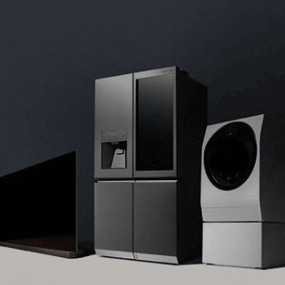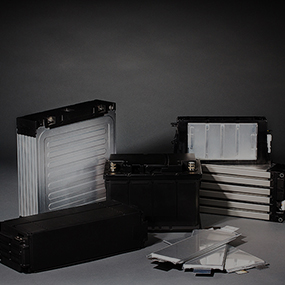LG Display-supported Breakthrough in Next-generation Display Technology
2020.02.13SEOUL, Korea (Feb. 13, 2020) – LG Display, the world’s leading innovator of display technologies, announced today the publication of its breakthrough in cutting-edge display technology by world-renowned science journal Nature Communications. The research was carried out under an LG Display support program by a team led by Professor Wooyoung Shim of the Department of Materials Science and Engineering at Yonsei University, one of the most prestigious universities in Korea.
The paper published by Nature Communications examines the development of new display photolithography technology that has overcome the limitations in realizing micron-resolution. The technology is expected to implement nanoscale-level patterns for high resolution images even with the current display facilities for photolithography and soft masks. It could also be applied to curved substrates, which raises hope for the technology to be used for various types of both LCD and OLED display production processes in the future.
"We expect that the newly-discovered photolithography technology in the research will serve as a seed technology to greatly contribute to advancing display technology in the future,” said Dr. Kiseok Chang from LG Display, co-author of the paper.
LG Display has been operating its ‘Incubation Program’ in collaboration with Yonsei University since 2015, aiming to advance the development of the display field. Through this program, the company is dedicated to searching for ideas and conducting research on display technologies to turn them into realistic outcomes from a business perspective. The outstanding paper on this occasion is just one of the achievements that the program has brought about.
“The significance of this discovery lies in the fact that the technology can overcome the limits of the current photolithography process and can be utilized on both flat and curved substrates. We look forward to implementing this technology in various forms as well in the future,” said Professor Wooyoung Shim of Yonsei University. “This study is the outcome of a three-year project involving a total of 25 researchers, which was also funded and supported by the National Research Foundation of Korea’s Materials Discovery Program, the Science Research Center’s Research Business, and the Institute for Basic Science.”














